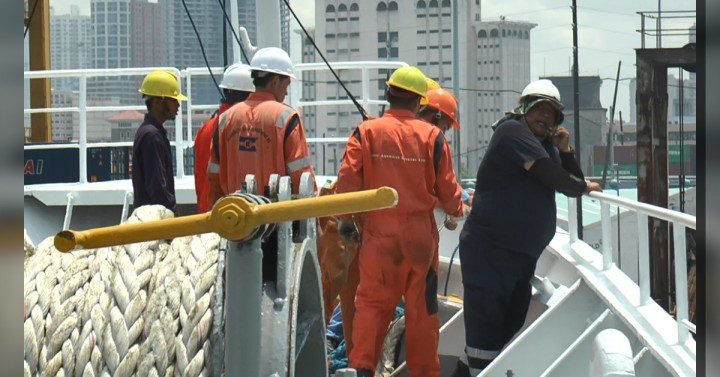In August, Robbie Roberge, a commercial fisherman from Maine, faced a fire on his boat, prompting an urgent evacuation of his crew, whom he named after his daughters. He had only recently attended a safety training workshop that prepared him for emergencies like this. Roberge’s quick actions, including donning safety gear and sending a Mayday call, ensured everyone aboard was safely rescued without injuries.
However, the very training that equipped Roberge may soon face significant cuts due to federal budget reductions. The Trump administration’s decision to cut nearly 875 employees from the National Institute for Occupational Safety and Health (NIOSH) threatens training programs focused on high-risk jobs, including fishing and agriculture. This comes amid warnings from health and safety experts that such reductions could hinder critical safety training, potentially exacerbating risks for workers in these sectors.
The fishing and agricultural industries represent a small fraction of the U.S. workforce but have the highest fatal injury rates. Despite improvements over the years, the need for robust safety training remains paramount. Industry leaders express concern that losses in funding will decrease available resources for safety training, which has been vital in reducing accidents and protecting workers’ health, including addressing issues like opioid addiction and mental health.










